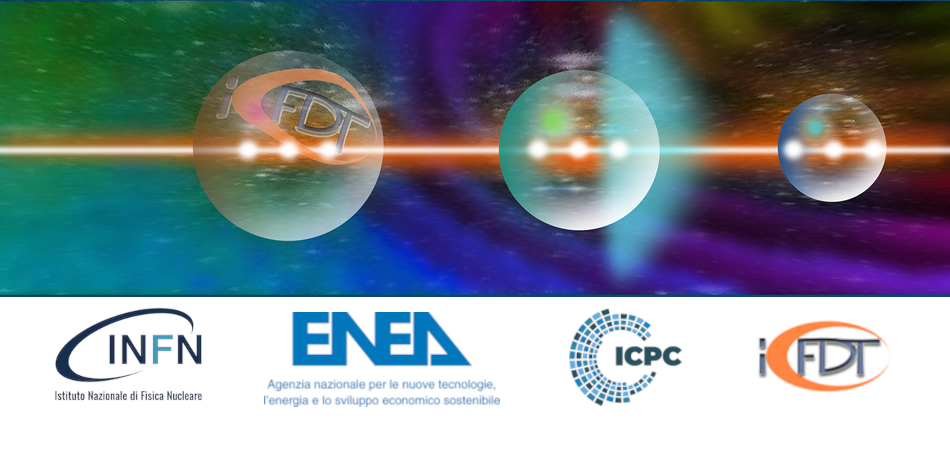Speaker
Description
Laser plasma accelerators (LPAs) represent a cutting-edge technique designed to achieve high accelerating gradients on the GV/m scale [1,2,3]. These advanced systems are gaining traction in particle physics due to their potential to surpass the limitations of traditional accelerator structures. Their appeal lies in the compact design of plasma-based accelerators (PBAs), utilizing small-scale plasma modules ranging from millimeters to centimeters.
In this context, we present experimental findings from testing a plasma capillary tube designed specifically for PBAs. Here, hydrogen gas is ionized using a high-voltage electrical discharge (HVDC). A key challenge in this approach is the precise monitoring and characterization of the plasma, which is essential for synchronization with the accelerated beam generated by intense laser pulses (LWFA) or energetic electron beams (PWFA). This characterization requires understanding the distribution of neutral gas within the capillary, the dynamic behavior of the plasma, and its stability and uniformity.
To tackle these challenges, our study employs spectroscopic methods to investigate the electron density and temperature of the plasma generated within a plasma capillary tube [4]. We investigate the temporal evolution of electron density using Stark broadening profiles [5,6,7,8] and analyze line profiles of various ionic species, specifically assessing the intensity of lines from successive ionization stages of oxygen to understand variations in electron temperature and determine the overall plasma characteristics [9]. These efforts significantly advance our understanding of plasma dynamics, crucial for optimizing PBA technologies.
The proven efforts and techniques have been developed within the EuPRAXIA (European Plasma Research Accelerator with eXcellence In Applications) framework at INFN–LNF (Istituto Nazionale di Fisica Nucleare – Laboratori Nazionali di Frascati) [10].
References
1. T. Fuchs et al, 2009 Phys Med Biol 54 3315.
2. T. Tajima and J M Dawson, 1979 Phys Rev Lett 43 267.
3. W. P. Leemans et al, 2014 Phys Rev Lett 113.
4. S. Arjmand et al, 2022 JACoW IPAC2022 WEPOST035.
5. S. Arjmand et al, 2023 J. Phys. Conf. Ser. 2439 012012.
6. S. Arjmand et al, 2023 JINST 18 C05007.
7. S. Arjmand et al, 2023 JINST 18 C04016.
8. S. Arjmand et al, 2020 JINST 15 C09055.
9. S Arjmand et al, 2023 JINST 18 P08003.
10. R Pompili et al, 2022 Nature,605(7911):659-662.

